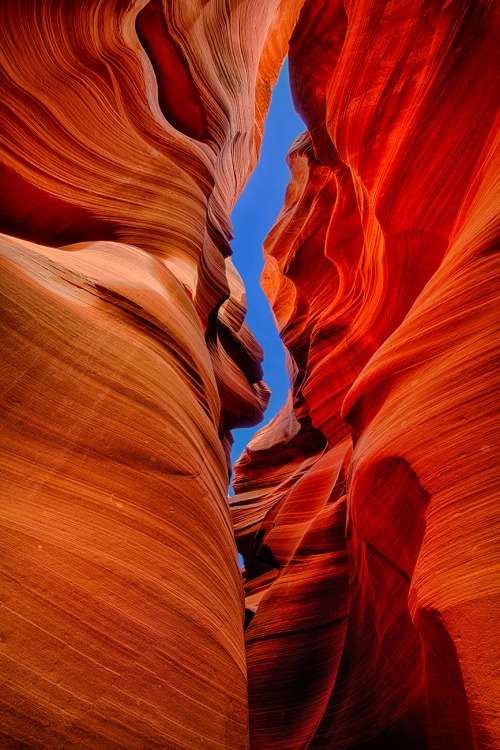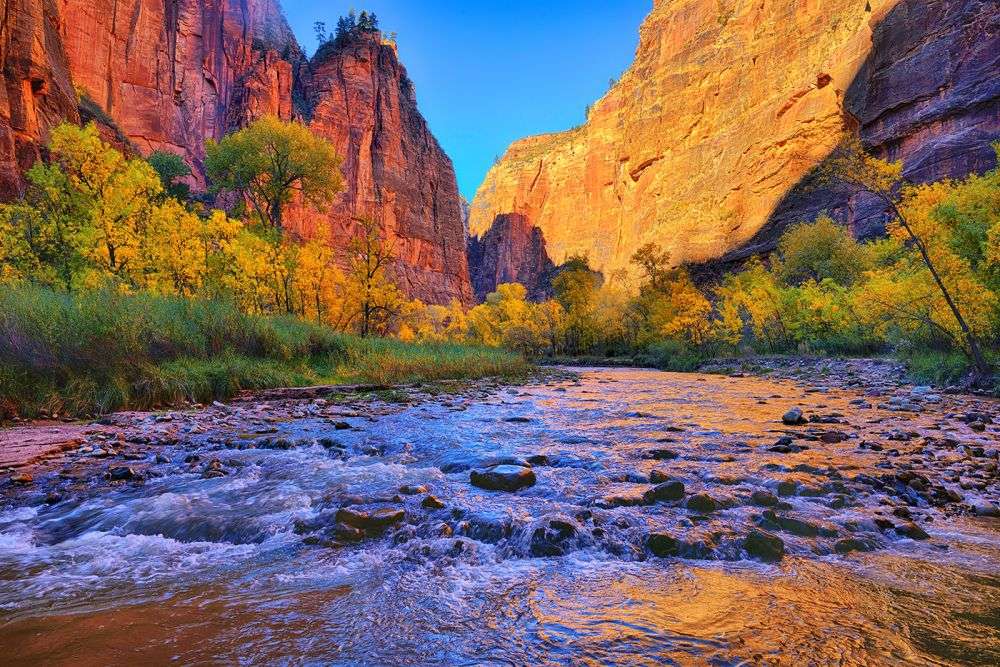There are several iconic spots not to be missed on any visit to Grand Teton National Park. Schwabacher Landing is one such spot. On still autumn mornings, the warm first light of the day gently illuminates the high Teton peaks protruding upwards from the Teton Valley floor. The Snake River splits into multiple braided channels, and beavers have conveniently constructed multiple dams along the eastern-most river channel, producing still water only occasionally disturbed by the plentiful wildlife stopping by for a morning drink.
From left to right, South Teton, Middle Teton, Grand Teton, Mt. Owen, and Teewinot Mountain are all visible above the autumn foliage and in the still water reflections as the sun steadily rises and the alpenglow light descends down the peaks toward the valley. While this spot is truly spectacular, it is not a spot for morning solitude. Be prepared to share the experience with many dozens of other photography enthusiasts and professionals who begin claiming spots along the river bank well in advance of the arrival of the morning sun. For those wanting solitude with their alpenglow light, see the post about Taggart Lake below.
Technical Info:
Virtually all alpenglow shots require use of some post processing technique to compress the wide dynamic range of these scenes into a single image. Most commonly, HDR processing is used. In this case, with the morning light extending downwards near the valley floor, a ‘luminosity mask’ was used as an alternative to HDR processing. Two images were captured with a Nikon D800E and a 24-70mm f/2.8 lens (focal length – 42mm, ISO100, and an aperture of f/8). One image used an exposure of 1/40s and a second image used an exposure of 1/80s. The majority of the image incorporates the shorter exposure, with the luminosity mask blending in the longer exposure for the darker area containing the foliage. The resulting final image is a better representation of what human eyes can see with our superior dynamic range.










